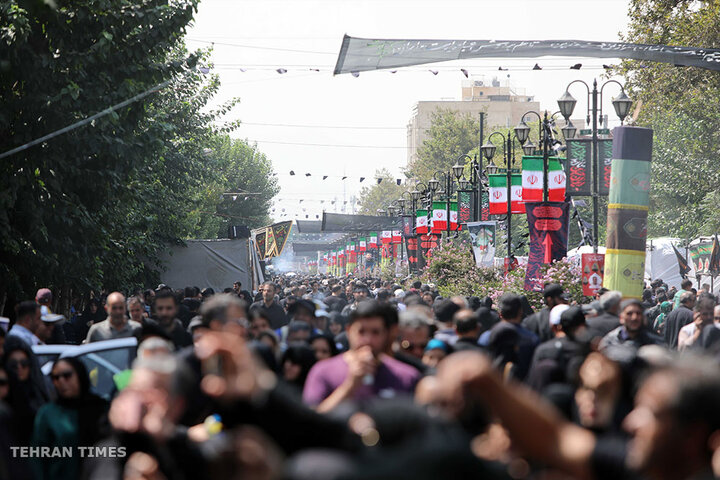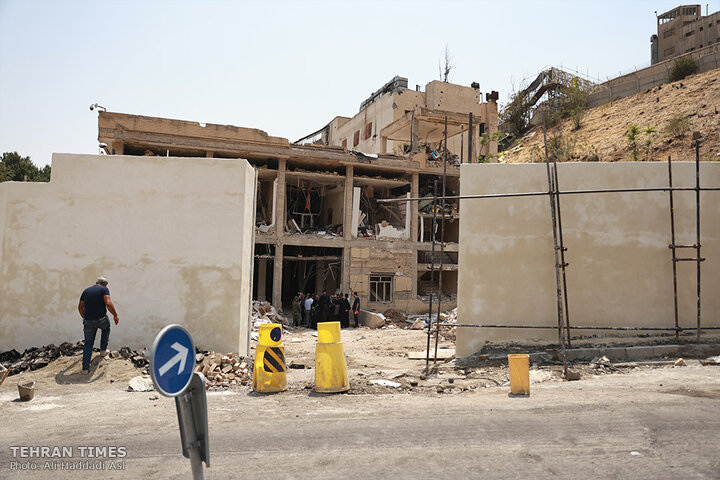-
 2025-08-30 20:28
2025-08-30 20:28
By Soheila Zarfam
'Behind the beautiful image US projects lies a sinister reality'
Pezeshkian says US foreign policy principles create endless wars
TEHRAN – Iranian President Masoud Pezeshkian told a group of his country’s political activists during a televised interview that he does not think the United States would begin to move towards peace any time soon, adding that while Iran is not seeking war, it is always ready to fight one.
-

By Garsha Vazirian
A subcontractor abandoned: PA discovers collaboration buys no protection, or visas
The visa ban is an assault on Palestinian representation
TEHRAN – The Trump administration announced Friday it would deny and revoke visas for about 80 senior Palestinian officials, including President Mahmoud Abbas, ahead of the UN General Assembly in New York in September. The move, unprecedented in scope, would bar most of the Palestinian delegation from one of their few global platforms.
-

By Sondoss Al Asaad
47th anniversary of Sayyed Musa al-Sadr’s disappearance
BEIRUT — On Sunday, Lebanon marks the 47th anniversary of the disappearance of Sayyed Musa al-Sadr, the founder of the Resistance against Israeli occupation, along with his two companions—Sheikh Muhammad Yaqoub and journalist Abbas Badreddine.
-

By staff writer
Rising Gaza famine sparks calls for Europe to pressure Israel
TEHRAN – European governments are facing increasing pressure to act against Israel as civilian casualties mount and widespread starvation intensifies in Gaza amid the nearly two-year-long conflict in the Palestinian territory.
-

By Wesam Bahrani
Israeli casualties and “missing” soldiers
TEHRAN – Hebrew media have described “security incidents” in Gaza City as one of the most difficult since October 7, 2023.
-

By Babak Negahdari, Head of Iranian Parliament’s Research Centre
Destiny and strategy of two civilizations at the dawn of a new order
TEHRAN – Throughout the expanse of history, civilizations arise that not only shape their own fates but also serve as anchors of stability and purpose for the world around them. Iran and China, each rooted in their unique landscapes, have carried such a profound legacy—one forged from ancient cultural and trade exchanges along the Silk Road and the crucible of shared historical challenges.
Politics
-

Pezeshkian tells Armenia foreign powers should not be allowed to undermine ties
TEHRAN – President Masoud Pezeshkian has stressed that Iran and Armenia must not allow any foreign power to undermine their friendly and strategic relations, urging closer cooperation in both political and economic fields.
-
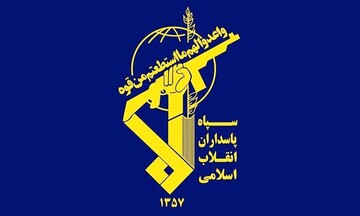
Eight arrested as IRGC dismantles Mossad-linked terror cell in eastern Iran
TEHRAN – As part of its ongoing crackdown on terrorists and spies, the Islamic Revolution Guards Corps (IRGC) has successfully dismantled a terror cell with ties to Israel’s infamous Mossad spy agency. The operation, conducted in Khorasan Razavi province was announced through a statement published on Saturday.
-

Iran blasts UK-Japan defense chiefs for repeating Ukraine allegations
TEHRAN – The Iranian Embassy in Tokyo has condemned as “baseless” the allegations leveled against Tehran in a joint statement by the British and Japanese defense ministers, dismissing claims of Iranian support for Russia in the war with Ukraine.
Sports
-

Iran defeat U.S. to advance to 2025 FIVB U21 World Championship final
TEHRAN – Iran eased past the U.S. in straight sets (25-21, 25-20, 25-20) in the 2025 FIVB Volleyball Men’s U21 World Championship semifinals on Saturday.
-

Iranian ministers consult on sports diplomacy
TEHRAN – The joint meeting of the Minister of Sport and Youth and the Minister of Foreign Affairs with the heads of sports federations was held to facilitate international affairs in this field.
-

Iran defeat Afghanistan in 2025 CAFA Nations Cup
TEHRAN – Iran came back from a goal down to defeat Afghanistan 3-1 in the opening match of the 2025 CAFA Nations Cup on Friday.
Culture
-

Iranian classical composer Ahmad Pejman passes away at 90
TEHRAN – The veteran Iranian classical composer and musician Ahmad Pejman passed away in Los Angeles, the U.S., on August 29.
-

Simorgh Theater in Tehran will stage Florian Zeller’s “The Lie”
TEHRAN – Simorgh Theater in Tehran will host the play “The Lie” written by the French novelist and playwright Florian Zeller for five days.
-

NLAI chairman appreciates distribution of “Shahnameh” in Tajikistan
TEHRAN - At a meeting between the chairman of the National Library and Archives of Iran (NLAI) Gholamreza Amirkhani and the Ambassador of Tajikistan Nizomiddin Zohidi in Tehran on Wednesday, both sides emphasized the exchange of resources, dispatch of researchers, and the organization of joint workshops.
Economy
-
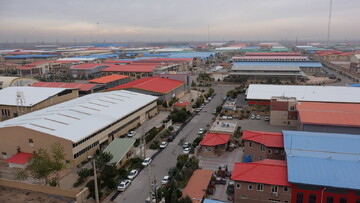
Over $340m invested in new industrial park infrastructure in a year
TEHRAN – The government has developed more than 170 trillion rials ($340 million) worth of new infrastructure in industrial parks across 31 provinces over the past year, the head of the Small Industries and Industrial Parks Organization (ISIPO) said.
-
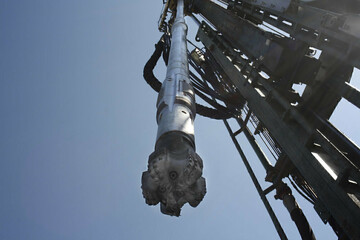
Iran to boost South Pars output with new infill drilling wells
TEHRAN – Iran plans to increase daily gas production at the South Pars field by more than 15 million cubic meters by year-end through the completion of new infill drilling wells, the Pars Oil and Gas Company said.
-

Iran aims to boost renewable power capacity to 7,000 MW by 2026
TEHRAN – Iran plans to expand its renewable energy capacity to 7,000 megawatts by the next Iranian calendar year (begins late March 2026), up from current levels, an energy official said.
Society
-
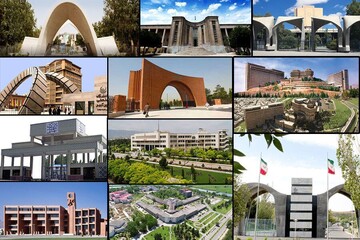
More Iranian universities in ISC WUR 2024
TEHRAN – The 2024 World University Rankings (WUR) report by the Islamic World Science Citation Center (ISC) has included 72 Iranian universities, up from 69 in 2023.
-
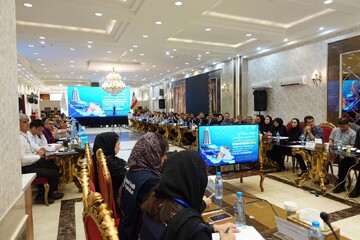
Health officials, managers attend ToT workshop to strengthen immunization program
TEHRAN – Over 80 health officials and senior managers from across Iran gathered in Hamadan for a 3-day training of trainers (ToT) workshop to enhance immunization service delivery and improve vaccine coverage across the country.
-
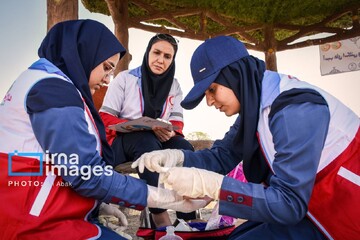
IRCS staff attending disaster response training courses
TEHRAN – The Rescue and Relief Organization of the Iranian Red Crescent Society (IRCS) is holding disaster preparedness and response training courses for some 85,000 rescuers, relief, and rapid response teams.
Tourism
-
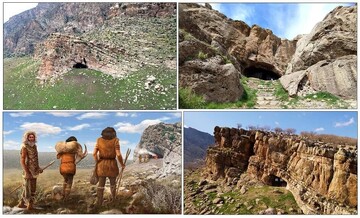
Tehran to host conference on UNESCO listing of Khorramabad Valley sites
TEHRAN – Iran’s tourism minister has said a national conference will be held in Tehran to celebrate and promote the UNESCO inscription of the Prehistoric Sites of the Khorramabad Valley, which were added to the World Heritage list in July.
-
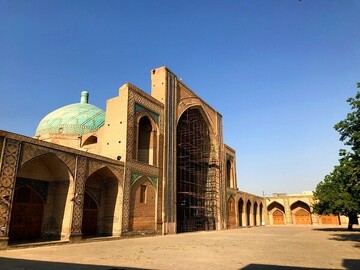
Scaffolding taken down from Qazvin Jameh Mosque after 15 years
TEHRAN – Scaffolding has been removed from the southern iwan of Qazvin’s Jameh Mosque after nearly 15 years, marking the completion of a major restoration project, the provincial cultural heritage chief said on Thursday.
-

Iran to host debut tourism expo focused on children and teens
TEHRAN – Iran will host its first festival and exhibition on children and youth tourism in Tehran from Sept. 29 to Oct. 3, a senior official said on Wednesday.
International
-

Israel's chilling assault on Gaza City
TEHRAN – The Israeli military on Friday declared Gaza City a “dangerous combat zone,” ending the so-called “tactical pauses” that had allowed limited food deliveries into the besieged north. The move has heightened fears of another mass displacement as Israel prepares what appears to be a major ground assault.
-

47th anniversary of Sayyed Musa al-Sadr’s disappearance
BEIRUT — On Sunday, Lebanon marks the 47th anniversary of the disappearance of Sayyed Musa al-Sadr, the founder of the Resistance against Israeli occupation, along with his two companions—Sheikh Muhammad Yaqoub and journalist Abbas Badreddine.
-

Rising Gaza famine sparks calls for Europe to pressure Israel
TEHRAN – European governments are facing increasing pressure to act against Israel as civilian casualties mount and widespread starvation intensifies in Gaza amid the nearly two-year-long conflict in the Palestinian territory.
Video Comment
-

Culture minister highlights year of progress in arts, global image enhancement
-

Gazan Journalists attacked by Israel
-

Brother of Iranian scientist murdered in Israeli strike speaks out
-

Footage shows Israel hit a kindergarten in Tehran
-

Delegates and ambassadors from 28 countries visited the IRIB building
Most Viewed
-
Iran defeat Afghanistan in 2025 CAFA Nations Cup
-
Another blow to diplomacy
-
Exclusive: Iran must adopt dual-track strategy to secure Caucasus role, says Italian analyst
-
Yemen denies Israeli assassination claims
-
Israel's chilling assault on Gaza City
-
Pezeshkian calls China a strategic partner for Iran ahead of Beijing visit
-
Army strongly opposes plan to pit Lebanese against each other
-
On the president’s visit to China
-
Tehran Times exclusive vindicated: IAEA Chief declares UN Secretary-General bid
-
Israeli casualties and “missing” soldiers
-
The environmental toll of war: a crisis we often overlook
-
Annual aluminum output reaches 560,000 tons amid energy shortages
-
'Behind the beautiful image US projects lies a sinister reality'
-
Armenian Philharmonic Orchestra to perform at Persepolis, minister confirms
-
Iran, Pakistan expand flight capacity to 24 weekly services
